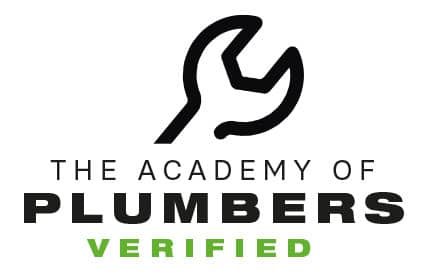Guidelines for Handling Water Damaged Electrical Wire and Cable
Wire and Cable exposed to floodwaters should be replaced to assure a safe and reliable electrical system. When wire and cable products are exposed to water or excessive moisture, the components may be damaged due to mildew or corrosion. This damage can result in insulation or termination failures. The problem can be more severe if the components have been subjected to salt water during hurricanes, etc., or inland flooding where there may be high concentrations of chemicals, oils, fertilizers, etc.
Wire and cable that is listed for dry locations only, such as NM-B, should be replaced if it has been exposed to floodwater. NM-B cable contains paper fillers that can pull contaminated water into the cable, which can cause premature cable failure. Flood damaged cable should be replaced to assure a safe and reliable installation.
Products listed for wet locations, such as THWN and XHHW, may be suitable for continued use if no contaminates are present in the cable. There may be problems that show up later because of corrosion of the conductor. This could result in overheating of the conductor. If the ends of a conductor have been exposed to water, the cable may be purged to remove the water. An insulation resistance test should be conducted before the cable is energized.
All wire or cable products that have been exposed to contaminated floodwater need to be examined by a qualified person, such as an electrical contractor, to determine if the cable can be re-energized. Flood damaged cable may not fail immediately when energized. It may take months for the cable to fail due to damage caused by floodwaters.



